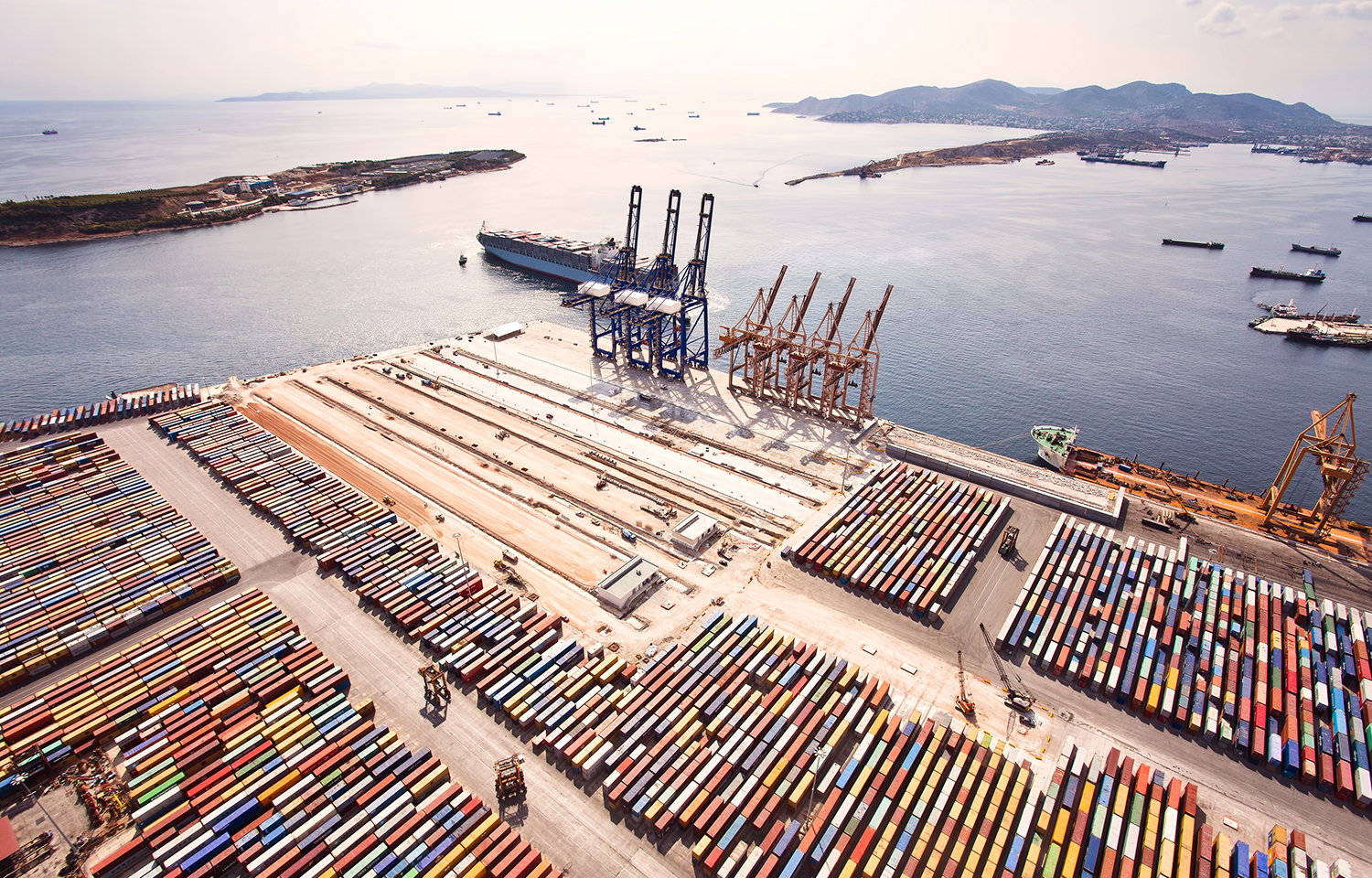The changes in global shipping patterns precipitated by Houthi militia attacks on commercial vessels has led to the diversion of USD 80 billion (EUR 73 billion) in cargo away from the Red Sea and the Suez Canal, through which around 12 percent of commercial waterborne freight traffic travels.
A British cargo vessel carrying fertilizer sunk on 3 March after being attacked by the Houthis, and three communications cables were cut in Yemen-controlled waters on 4 March.
Looking forward, the Houthis "will likely continue to be a thorn in the side of shippers in 2024," according to Odyssey Logistics Chief Shipping Officer Glenn Riggs.
Downstream of this disruption aren’t merely delays, but surges in goods inflation (with some estimates saying up to 2 percent increases could be attributed to the raids)," Riggs wrote in Freightwaves. "Attacks by the U.S. and the U.K. on the Houthis have shown little sign of curbing the piracy, and so supply chain pros would do well to continue to keep a close eye on the Red Sea and all the effects spinning out from the instability there."
Riggs said the other primary threats to the global shipping trade were low water levels restricting usage of the Panama Canal and threats of a strike by the 70,000 dockworkers in the U.S. International Longshoremen’s Association (ILA).
"Not helping matters is that the strike is planned to occur shortly before the U.S. presidential election, which itself may contribute to further supply chain instability," Riggs said.
Riggs recommended diversification as a survival strategy for companies dependent on international shipping.
"It will be another rough year for the supply chain, and with so many possible risks and disruptions, it will be interesting to come up for air at the end of the year and see what companies weathered the storm best," he said. "I have a feeling those that will thrive didn’t put all their eggs in one basket. Risk is proliferating, and so should your strategies to circumvent it.
Shipping industry analytics firm Container xChange said rates will fall around 30 percent between February and April, a typical drop after the holiday season.
In February, shipping prices were flat in North America, dropped 5 to 7 percent in Europe, rose 10 percent in Northern Asia and 7 percent in Oceania, and increased 2.5 percent in Southeast Asia, according to Container xChange.
Container xChange CEO Christian Roeloffs said price stability decreases in March since it is the beginning of the contract season for many shipping companies.
"This is when annual shipping contracts are negotiated and finalized for the upcoming year, which can influence shipping rates and capacity utilization in the industry. While March can be a period of increased demand compared to the immediate post-Chinese New Year period, it is not considered as robust as other peak seasons, like the pre-holiday period leading up to Christmas," Roeloffs said. “Consumer concerns regarding prices remain a key factor influencing purchasing decisions, with many consumers waiting for items to go on sale and stocking up on goods less frequently, impacting various product categories. The impact of above-average inflation, geopolitical risks, and uncertainty regarding interest rates is expected to continue influencing consumer goods markets in the near term."








